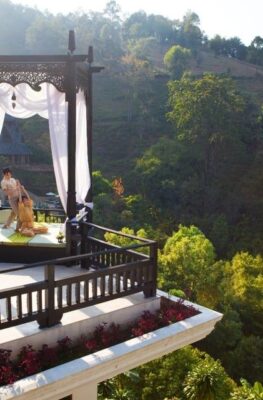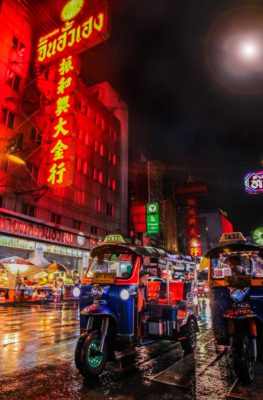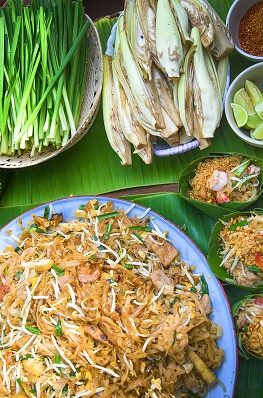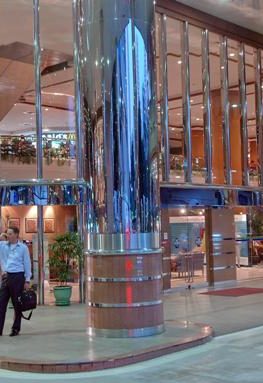Published on July 7, 2013
Travelers in Thailand who are looking for an escape from the bustle of Bangkok, the built-up southern beaches, or another temple tour should consider a location where national parks are plentiful, ancient Khmer architecture abounds, and water buffalo roam.
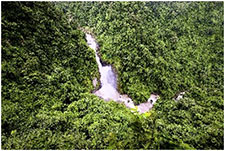
That place is Isaan, Thailand’s landlocked Northeast region where, despite infertile soil and hot climate, traditional farming is the way of life. The environment for tourists, however, is fertile. A rich, multi-cultural blend of easygoing Thai living, stunning outdoors environments, and some of the most mouth-watering food on the planet affords travelers an opportunity to experience real Thailand, discover its agricultural roots, and revel in breath-taking Southeast Asian scenery.
Bordered by Cambodia to its south, Isaan is hugged by the mighty Mekong River to the north and east, separating it from Laos. One of the region’s northernmost outposts is the sleepy town called Nong Khai, located on the banks of the Mekong, where the Laotian influence is strong. Visitors should be sure to visit the truly unusual sculptures known as Sala Kaew Ku, located just outside of town. Here the art of a Laotian mystic synthesizes Buddhism and Hindu imagery resulting in statues, many-armed goddesses, naga snakes, and a variety of human-animal hybrids, all set among lush sub-tropical gardens. In the town itself, Nong Khai is a charming place to chill out or wander about, soaking up the Isaan way of life.
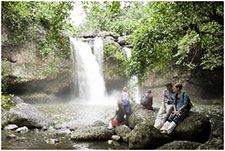
Just outside Isaan’s second-largest city Ubon Ratchathani, in the southeastern part of the region, lies Si Saket where a sizable Northern Khmer population resides. As you’d expect from somewhere that was once an important settlement in the Khmer empire (as far back as the 12th century), ancient Khmer ruins are everywhere. The largest and most complete complex is Sra Kampaeng Yai, which features three imposing stupas built on a single base and aligned side-by-side facing east. The shrine was originally dedicated to Shiva, one of the three supreme Hindu Gods, but was converted to a Buddhist temple in the 13th Century.
And speaking of temples in Si Saket, visitors also won’t want to miss Wat Larn Kuad, aka, “the beer bottle temple”, an immaculate structure made from millions of colorful glass bottles.
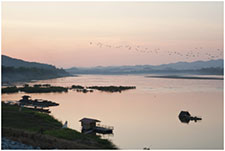
Back up north, picturesque Loei Province is surrounded by mountain ranges and is known as “Thailand’s coldest province” due to its occasional sub-freezing nighttime temperatures during cold season. And while “cold” is a relative word, there’s no debating just how “cool” Loei can be for tourists. The sites, retreats, and parks are too numerous to name, but we recommend the Phu Luang Wildlife Sanctuary, featuring hundreds of wild Asian elephants. The Elephants Rehabilitation Project within the reserve is under the patronage of Sirikit Kittiyakon, Thailand’s beloved Queen. Loei is a true outdoors destination.
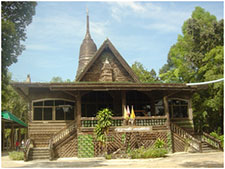
Isaan’s ultimate outdoor experience, however, is surely Khao Yai National Park, a stunning diversity of flora and fauna located in the southwest part of the region just 250km from Bangkok. There are nearly 3,000 recorded species of plants, 320 species of birds, and 66 species of mammals, including such vulnerable or endangered ones as the Indian bison, the Asian elephant, and the Asiatic black bear. There are over 50km of hiking trails, kayaking and rafting trips, and nighttime wildlife-spotting excursions which unofficially kick off each evening when thousands of wrinkled lipped bats emerge from a cave outside the northern gate to begin their nighttime feeding. The landscape at Khao Yai is also dotted with several beautiful waterfalls, an irresistible temptation for hikers in need of a cool-down.



